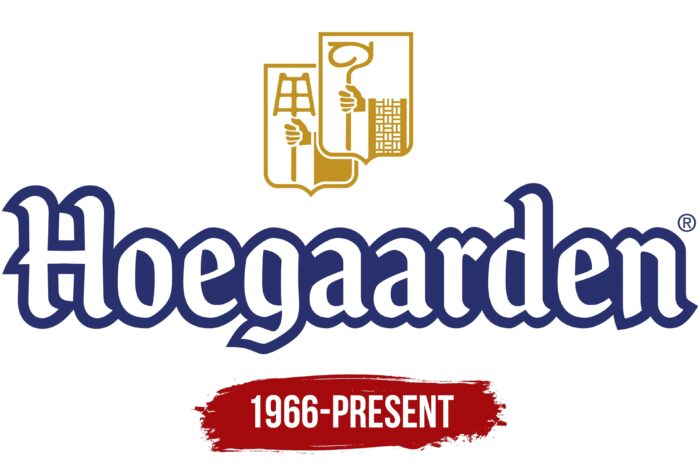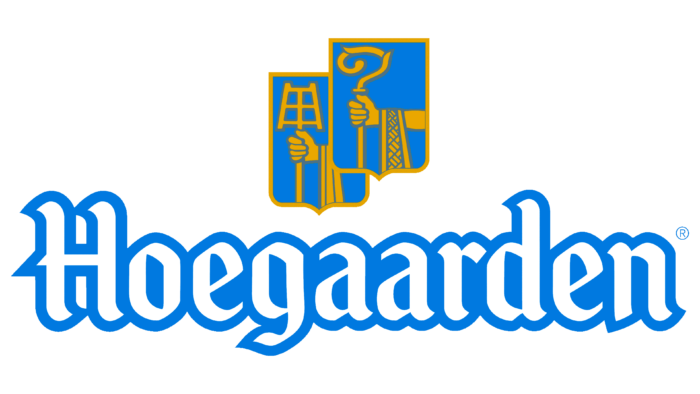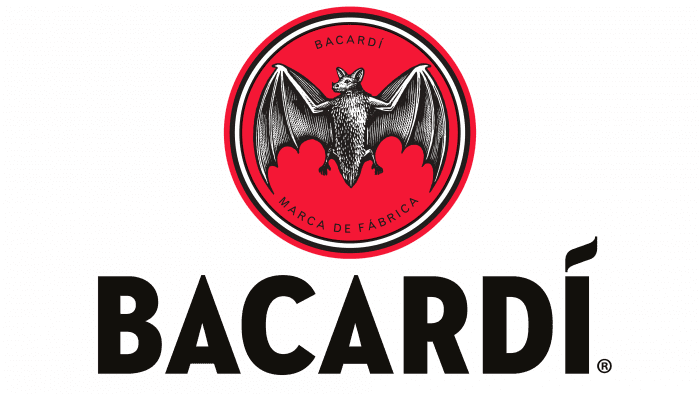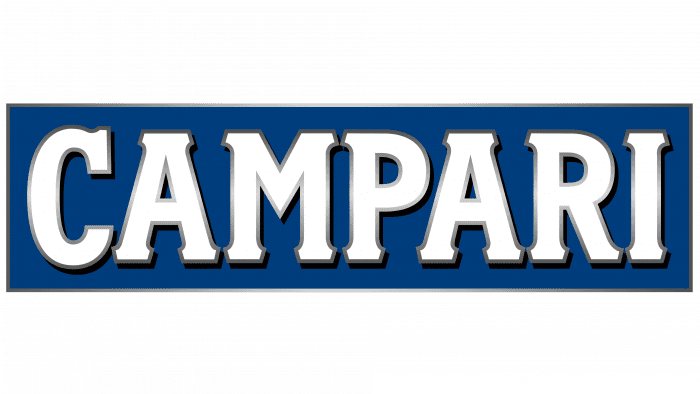The Hoegaarden logo hints at whole natural ingredients. The orange notes of the emblem convey the flavors that make the beer special. The sign emphasizes the prevalence and popularity of the drink from Belgium to Egypt.
Hoegaarden: Brand overview
| Founded: | 1445 |
| Founder: | Anheuser-Busch InBev |
| Headquarters: | Hoegaarden, Belgium |
| Website: | hoegaarden.com |
Meaning and History
The village of Hoegaarden was famous for its top-fermented wheat white beer back in the Middle Ages, so in fact, it has been known since 1318. A century later, widespread popularity came to him when two monasteries appeared in that area and began to brew beer. The active development of the industry led to the fact that in the 19th century, there were 13 breweries and nine distilleries in the village at once.
However, during the war period, the population was subjected to strong pressure from German Germany: due to robberies, the village became impoverished, and the original brewing suffered losses. The last enterprise producing unfiltered white drink was closed in 1957. However, in 1966, local milkman Pierre Celis, who had previously helped brew the beer, decided to revive the ancient custom and still not lost recipe. He opened the de Kluis brewery in the hayloft, using the same ingredients as his ancestors.
Business went uphill; therefore, to expand the sites, the entrepreneur bought the building of a former lemonade factory. But in 1985, there was a fire that destroyed almost everything. Then the largest Belgian brewing company Interbrew came to the aid of Celis: it allocated funds for the restoration of production.
However, later the owner realized that the money was provided for selfish reasons: Interbrew began to demand that he change the beer recipe and switch to the varieties that it offers. The owner refused and sold her his entire business, and with the money he received, he moved to the United States. There, his daughter and her husband took up the production of the original beer.
The misunderstandings associated with two types of the same drink, brewed in the United States at the Celis plant in Austin, Texas, and in Belgium in the village of Hoegaarden, did not last long. In 1989, the Belgian brewery was bought by Interbrew. She then merged with AmBev and created a new entity called InBev, which now owns the brand. She refused to change the recipe for unfiltered white beer under pressure from the local population, who staged protests.
The beer brand’s logo consists of the name written in large Gothic type. White letters are formed thanks to the wide blue edging, visible even in the gaps. Above it are two symbols – pentagonal shields with roundings at the bottom, shaped like coats of arms. But still, they are not because they have nothing to do with heraldic signs. These are the attributes of the brewing process and the episcopal dignity in honor of the monks who once produced beer. They are painted in light gold color.
The far icon shows a hand holding a perforated spatula. It was used to stir the wort in ancient times – a thick slurry consisting of malt brewed in hot water. Brewers manually “shoveled” the fermenting viscous substance. The work was hard, so the shoulder blade remained a reminder of those distant times.
Another hand is depicted on the near shield, but this time with a staff with a rounded upper part. This is a patronage symbol of Bishopric of Liege. The staff has a spiral tip with two small branches. He says that the clergyman is a “pastor” for his population (previously, the bishop was the head of the entire state), and he especially favored the brewers. Therefore, the hand of a representative of a high Catholic rank is visible on the icon.
Font and Colors
The inscription in the Hoegaarden logo is typed in a typeface called AurelisADFNo2Std-Regular. This is a sans-serif gothic style, but with small points at the ends of the letters “H,” “g,” “d,” and “r.” The corporate palette at all times consisted of a combination of blue and yellow. They personify water and grain (wheat, barley, oatmeal), which is the basis of a unique drink.
Hoegaarden color codes
| Dark Goldenrod | Hex color: | #c19122 |
|---|---|---|
| RGB: | 193 145 34 | |
| CMYK: | 0 25 82 24 | |
| Pantone: | PMS 131 C |
| Delft Blue | Hex color: | #28306e |
|---|---|---|
| RGB: | 40 48 110 | |
| CMYK: | 64 56 0 57 | |
| Pantone: | PMS 280 C |






